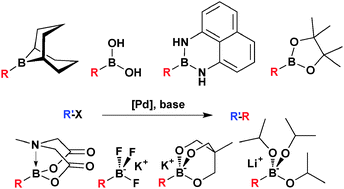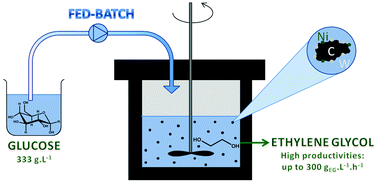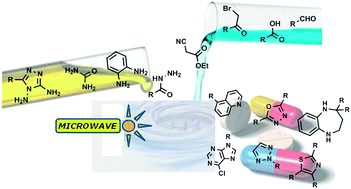
Suzuki–Miyaura (SM) cross-coupling is arguably the most widely-applied transition metal catalysed carbon–carbon bond forming reaction to date. Its success originates from a combination of exceptionally mild and functional group tolerant reaction conditions, with a relatively stable, readily prepared and generally environmentally benign organoboron reagent. A variety of such reagents have been developed for the process, with properties that have been tailored for application under specific SM coupling conditions. This review analyses the seven main classes of boron reagent that have been developed. The general physical and chemical properties of each class of reagent are evaluated with special emphasis on the currently understood mechanisms of transmetalation. The methods to prepare each reagent are outlined, followed by example applications in SM coupling.
http://pubs.rsc.org/en/content/articlehtml/2014/cs/c3cs60197h
Review Article
*
Corresponding authors
Chem. Soc.
Rev., 2014,43, 412-443
DOI: 10.1039/C3CS60197H
Received 12 Jun 2013, First published online 03 Oct 2013
http://pubs.rsc.org/en/Content/ArticleLanding/2014/CS/c3cs60197h?utm_source=toc-alert&utm_medium=email&utm_campaign=pub-cs-vol-43-issue-1#!divAbstract
READ AT
http://pubs.rsc.org/en/content/articlehtml/2014/cs/c3cs60197h
DOI: 10.1039/C3CS60197H (Review Article) Chem. Soc. Rev. , 2014, 43, 412-443
READ AT
http://pubs.rsc.org/en/content/articlehtml/2014/cs/c3cs60197h
DOI: 10.1039/C3CS60197H (Review Article) Chem. Soc. Rev. , 2014, 43, 412-443










 The enzyme cyclic GMP-AMP synthase stimulates the immune response during HIV infections
The enzyme cyclic GMP-AMP synthase stimulates the immune response during HIV infections





